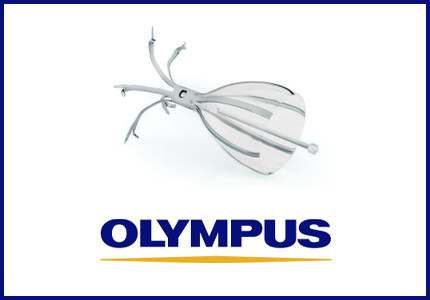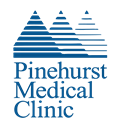
Emphysema has taken control for too long.
Reduce your symptoms and restore your quality of life.
Endobronchial valve therapy with the Spiration® Valve System offers a new, minimally-invasive treatment option for severe emphysema patients. For appropriate patients, the Spiration Valve System has been shown in clinical trials to provide clinically meaningful improvements in lung function, shortness of breath, and overall quality of life.
The Procedure
Endobronchial valve treatment is a new, groundbreaking treatment option for severe emphysema patients where a one-way lung valve is placed in the airway of diseased parts of your lungs to redirect air away from the damaged parts toward the healthier parts, allowing you to breathe easier.
A decade of clinical studies have shown that patient selection is one of the most important predictive factors of a good response to endobronchial valve treatment. Patients are selected for this procedure through a screening process that involves a thorough patient evaluation, including comorbidities, and high-resolution CT analysis.1 Your doctor will determine from your test results if you are an appropriate candidate for the Spiration® Valve System.
Procedure Benefits
![]()
IMPROVED LUNG FUNCTION
12.1% significant improvement in FEV1
This is an amount of change that you feel.

REDUCES SHORTNESS OF BREATH
29.6% decrease in dyspnea (shortness of breath)
as determined by mMRC score, a breathlessness assessment tool to assess the severity of your shortness of breath.

BETTER QUALITY OF LIFE
9.5 point reduction in SGRQ* score is a benefit you can feel.
The Saint George’s Respiratory Questionnaire (SGRQ) score was developed to measure health status (quality of life) in patients with diseases of airways obstruction.
*A negative change in SGRQ represents an improvement in disease-specific health status. A 4 point reduction is considered clinically meaningful.









